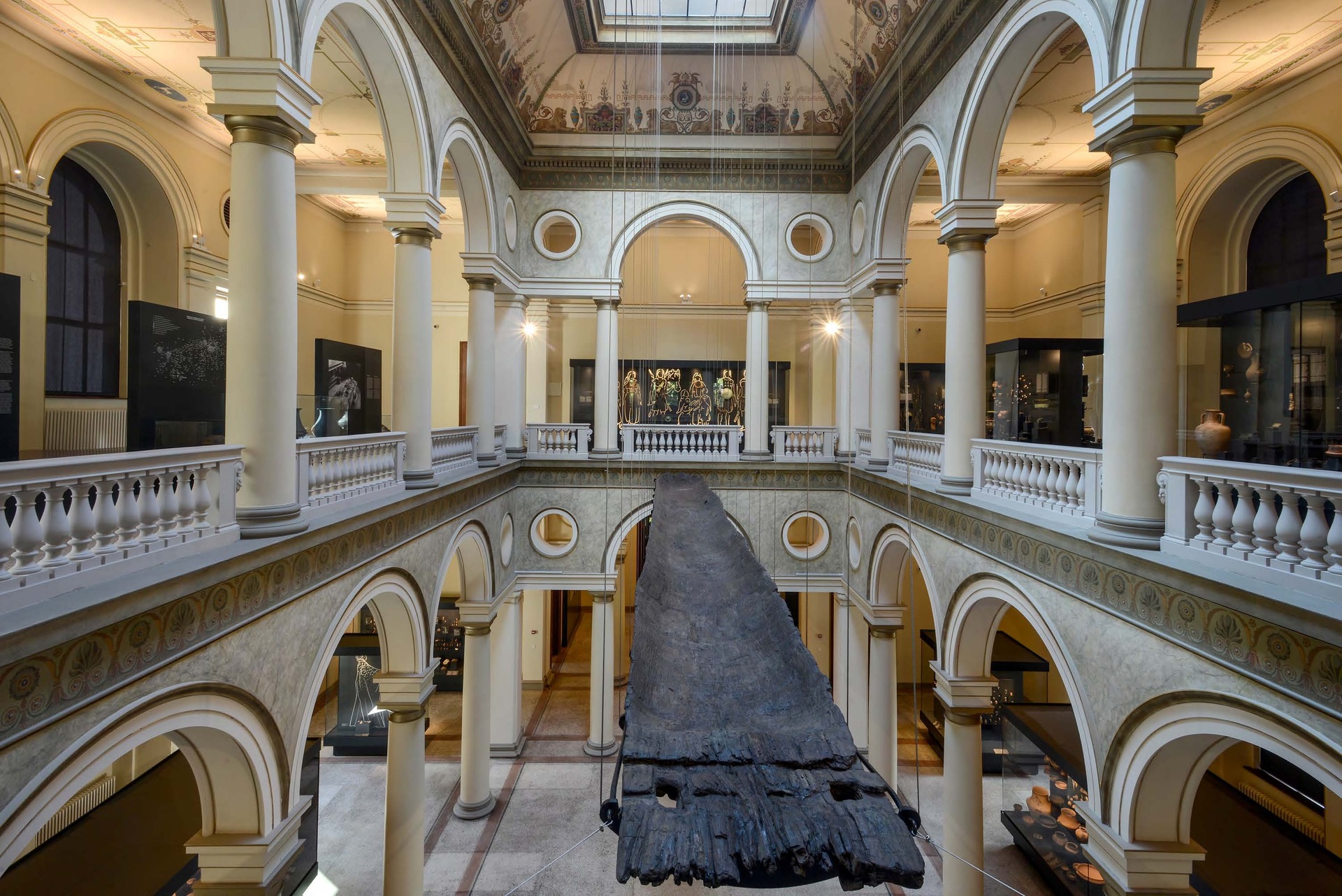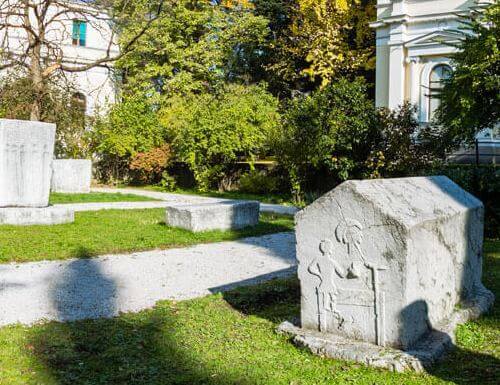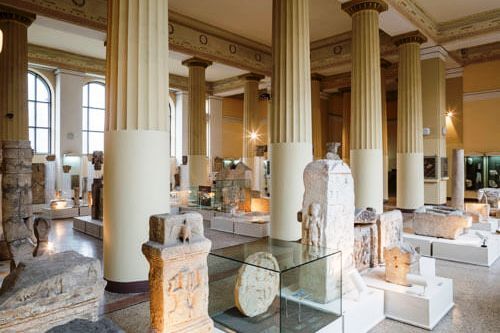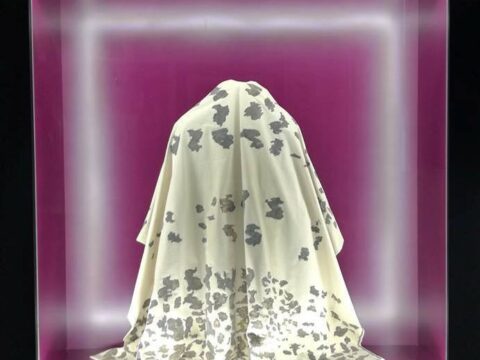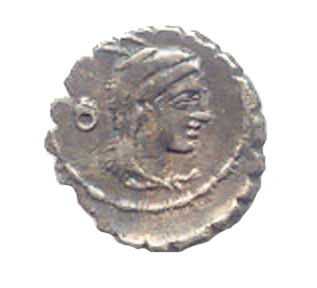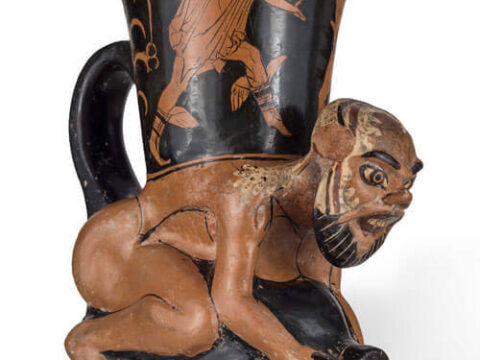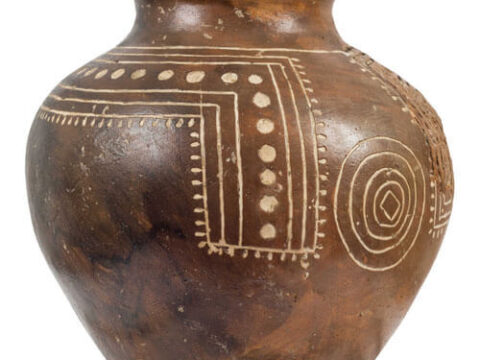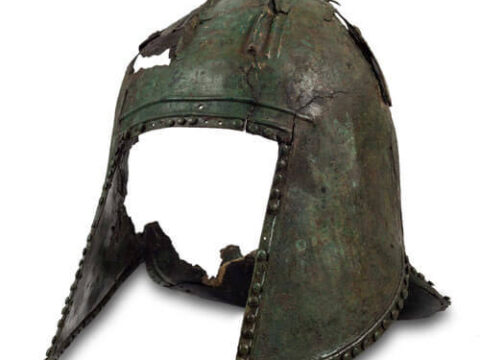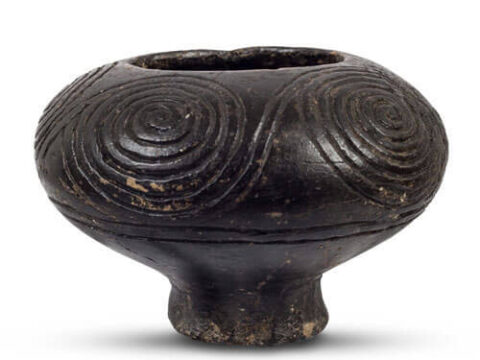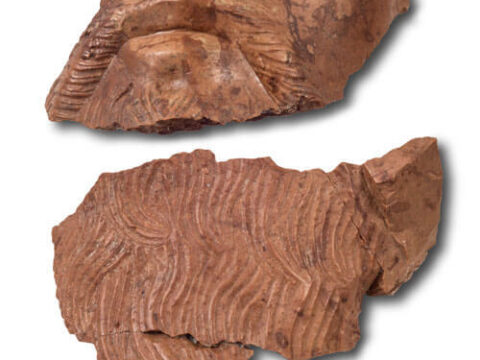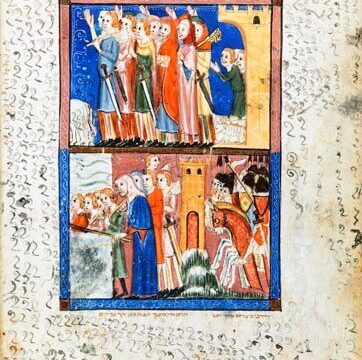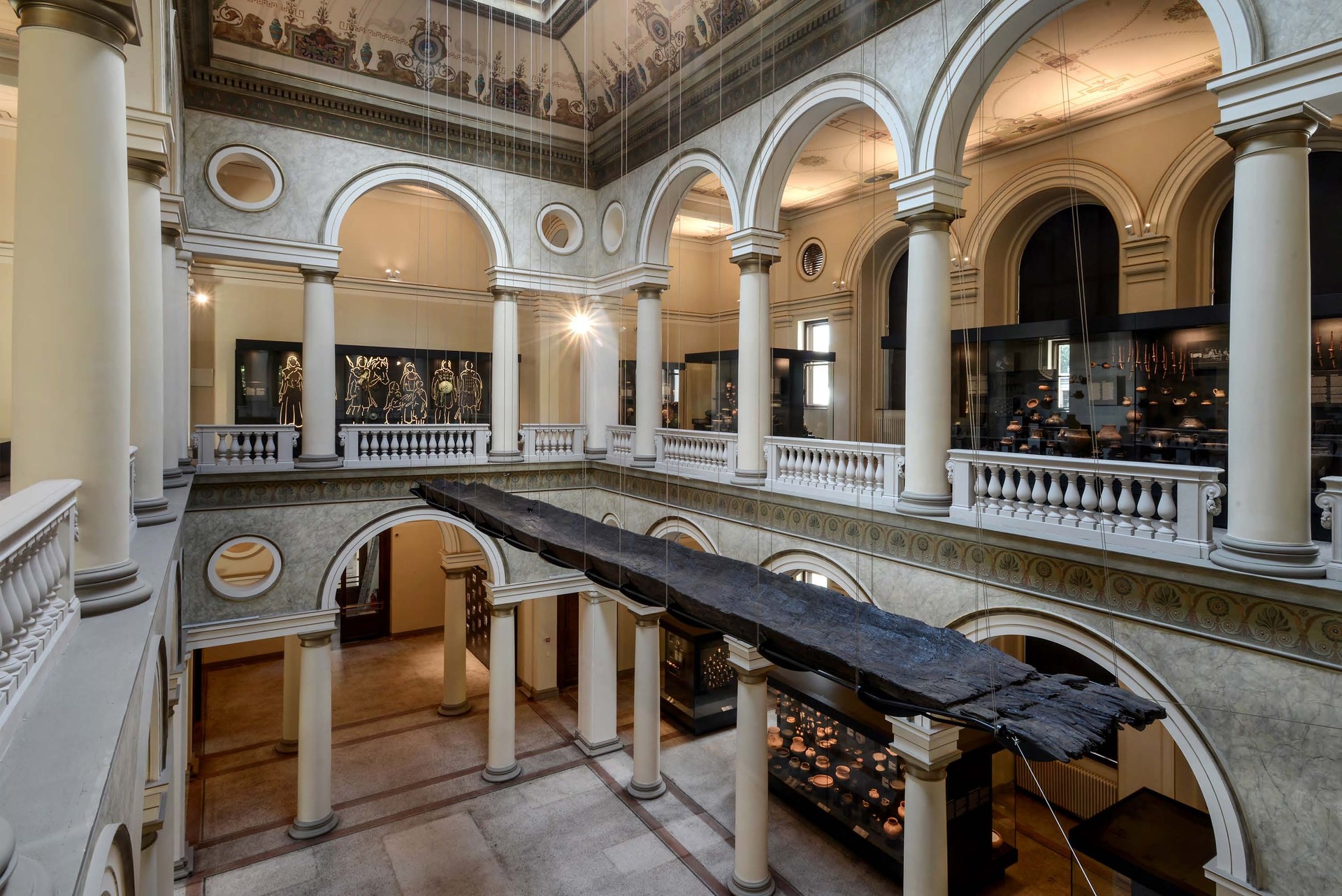
Archaeology Department
-
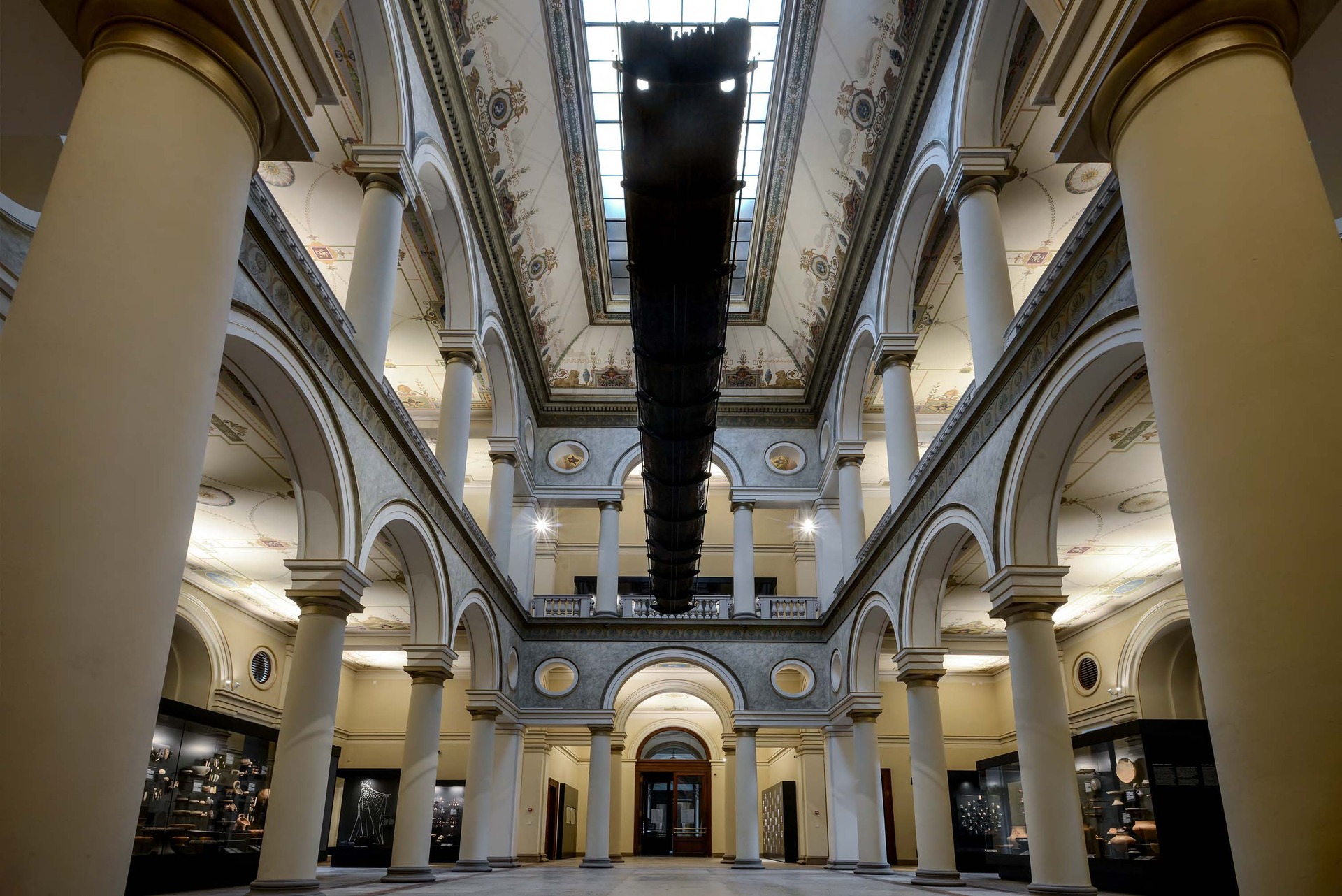
Prehistory Section
-
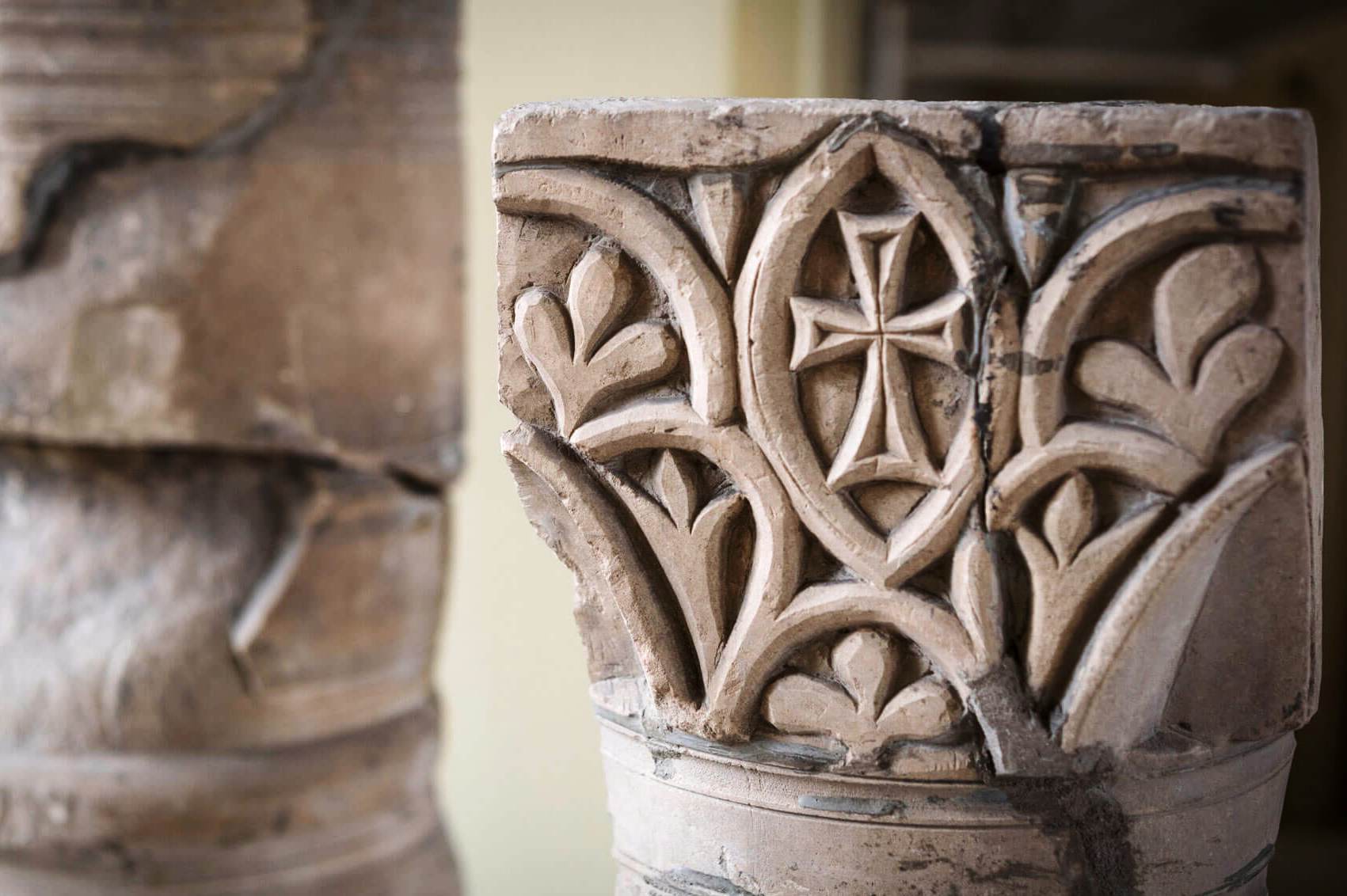
Classical Antiquity Section
-
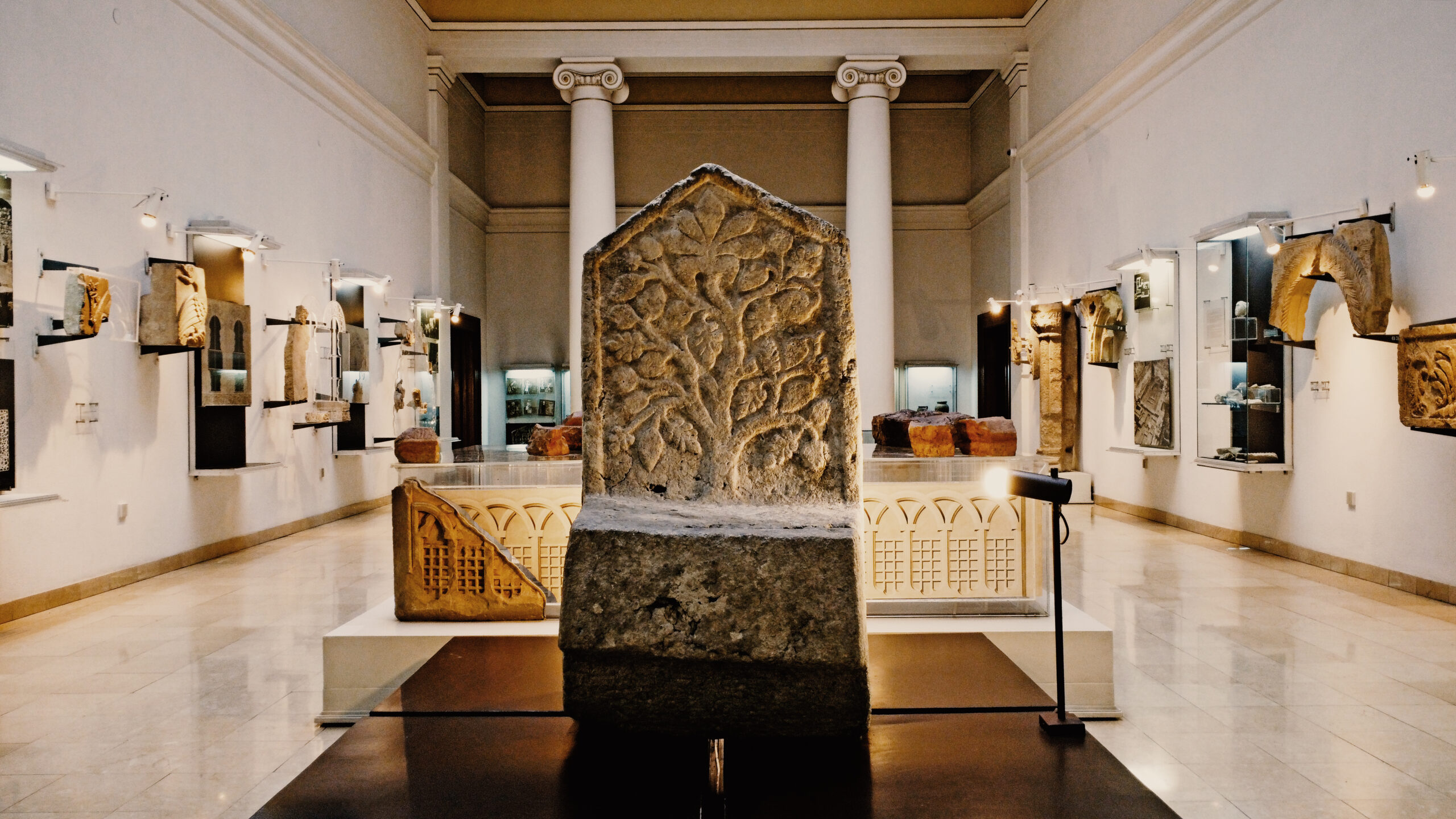
Middle Ages Section
-
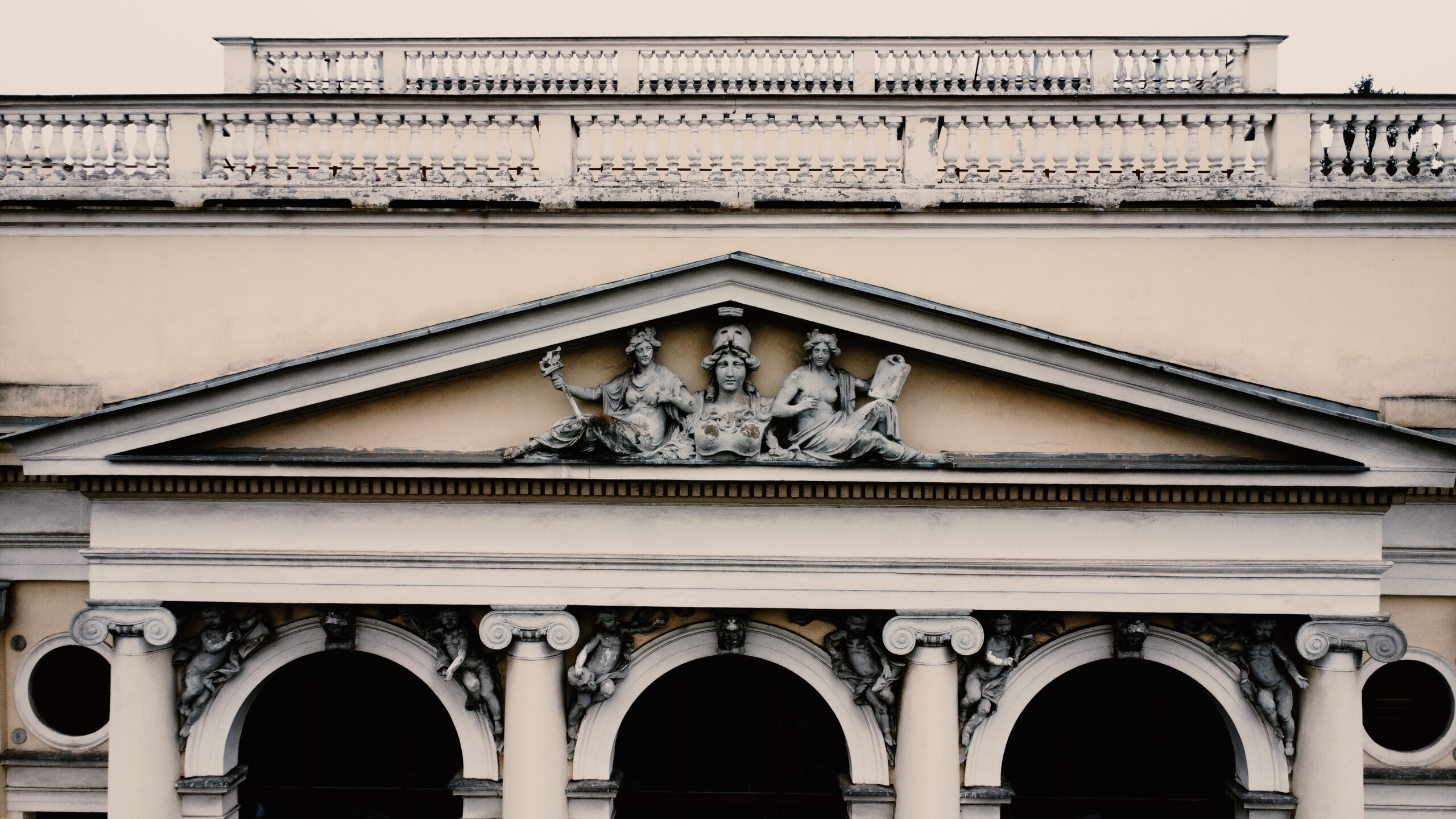
Documentation and Records Section
The organization and systematization of collections at the Archaeology Department is based on classical chronological divisions, thus the department itself is divided into three sections: the Prehistory Section, the Classical Antiquity Section and the Middle Ages Section. The department also has a Conservation Workshop and a Documents and Records Section.
The archaeological collections cover all aspects of human life in Bosnia and Herzegovina (habitation, everyday life, economy, art, spirituality, religion, etc.), from the Early Stone Age to the Late Middle Ages. The artefacts were mostly excavated through archaeological research, while a small portion were purchased or received as gifts.
In addition to their collection and curatorial activities, the staff engages in scientific and research work. The results of their research are processed and published in the Herald of the National Museum of Bosnia and Herzegovina – Archaeology, which has been in print ever since the museum was founded in 1888.
